We put the Oppo Find X5 Pro through our rigorous DXOMARK Audio test suite to measure its performance both at recording sound using its built-in microphones, and at playing audio back through its speakers.
In this review, we will break down how it fared in a variety of tests and several common use cases.
Overview
Key audio specifications include:
- 2 stereos speakers: top center and bottom right
- Hi-Res Audio
- Dolby Atmos technology
- Noise reduction
- 3D audio recording
Scoring
Sub-scores and attributes included in the calculations of the global score.
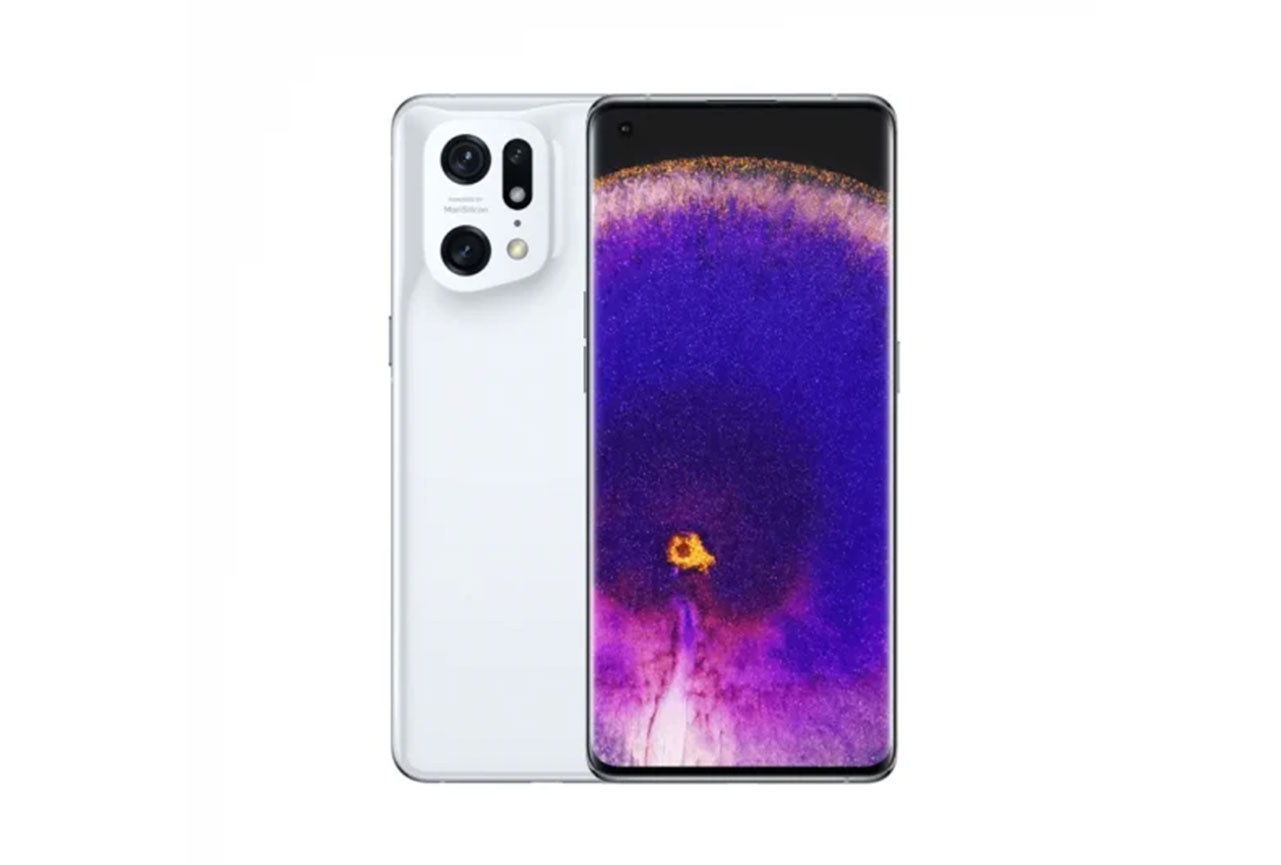
Oppo Find X5 Pro


 76th
76th 53rd
53rdPlayback
Recording
Pros
- Good tonal balance in all use cases
- Good dynamics performance
- Good spatial performance in life video
- Clean from artifacts
The Oppo Find X5 Pro’s audio performance was quite average for an Ultra-Premium flagship smartphone. Its strong suit is in recording, particularly when compared with its predecessor, the Find X3 Pro, where it made significant advances in spatial and volume attributes. But audio on the Oppo Find X5 Pro is prone to occlusion, whether in playback or recording. For example, the speakers can be completely occluded in a gaming scenario, as well as during a selfie recording in landscape orientation. For everyday recordings, sounds are generally artifacts-free. With Dolby’s SFX activated by default, one tip is to use the “movie” preset for any use case because it results in a clear and bright sound.
Test summary
About DXOMARK Audio tests: For scoring and analysis in our smartphone audio reviews, DXOMARK engineers perform a variety of objective tests and undertake more than 20 hours of perceptual evaluation under controlled lab conditions.
(For more details about our Playback protocol, click here; for more details about our Recording protocol, click here.)
The following section gathers key elements of our exhaustive tests and analyses performed in DXOMARK laboratories. Detailed performance evaluations under the form of reports are available upon request. Do not hesitate to contact us.
Playback
Oppo Find X5 Pro
163
DXOMARK engineers test playback through the smartphone speakers, whose performance is evaluated in our labs and in real-life conditions, using default apps and settings.
The playback performance on the Oppo Find X5 Pro was decent in timbre and dynamics, average in spatial and artifacts, and fairly good in volume. The inadequate bass affected timbre and dynamics in different ways. Timbre performance was hampered by the inadequate bass, which lacked low-end extension and strength, whether at maximum volume or soft volume. The bass weakness meant that high midrange frequencies and treble were prominent, affecting the overall tonal balance, and making the audio sound harsh and slightly aggressive at times. In assessing dynamics, bass precision was not up to par, overshadowing the properly defined sounds of attack elements such as kicks, thus seriously impeding the accuracy of the sound envelope. Still, sound had a decent level of punch, even though performance was below average when compared with others.
Out of all the playback attributes, spatial scored the lowest. But with the Find X5 Pro’s stereo image rendition perfectly centered, and various sounds easily localized, along with the extent of the audio’s wideness in landscape mode, our engineers deemed that spatial performance was decent overall. (The stereo image, however, didn’t rotate with the phone in inverted landscape orientation.) The Find X5 Pro did well in volume, but at maximum volume, some specific content suffered from severe distortion. Still, the artifacts subscore was the X5 Pro’s strongest showing out of all the attributes.
Listen to the tested smartphone’s playback performance in this comparison with some of its competitors:

Timbre
Oppo Find X5 Pro
158
The Timbre score represents how well a phone reproduces sound across the audible tonal range and takes into account bass, midrange, treble, tonal balance, and volume dependency. It is the most important attribute for playback.

Dynamics
Oppo Find X5 Pro
149
The Dynamics score measures the accuracy of changes in the energy level of sound sources, for example how precisely a bass note is reproduced or the impact sound from drums.
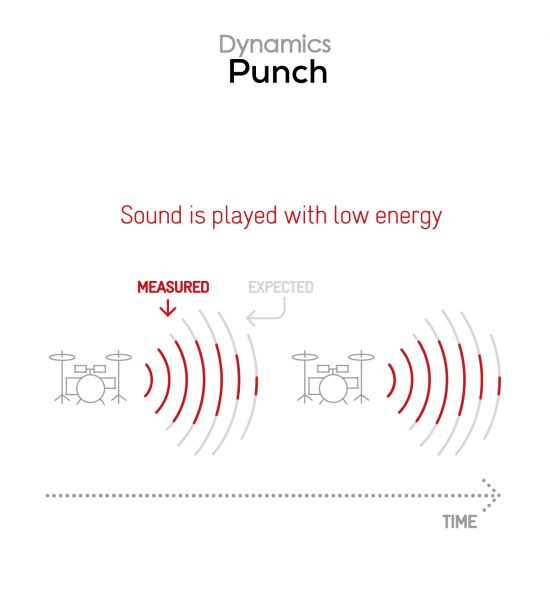
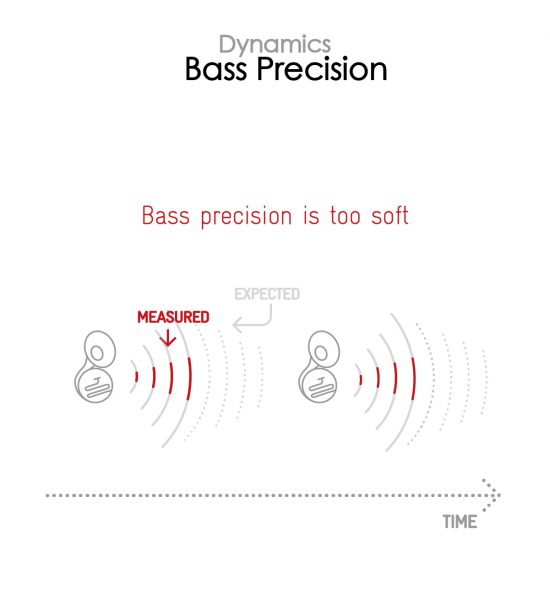

Spatial
Oppo Find X5 Pro
162
The sub-attributes for spatial tests include pinpointing a specific sound's location, its positional balance, distance, and wideness.
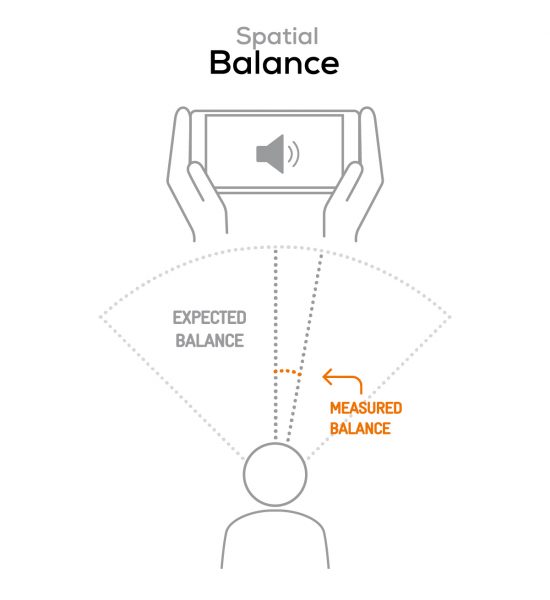
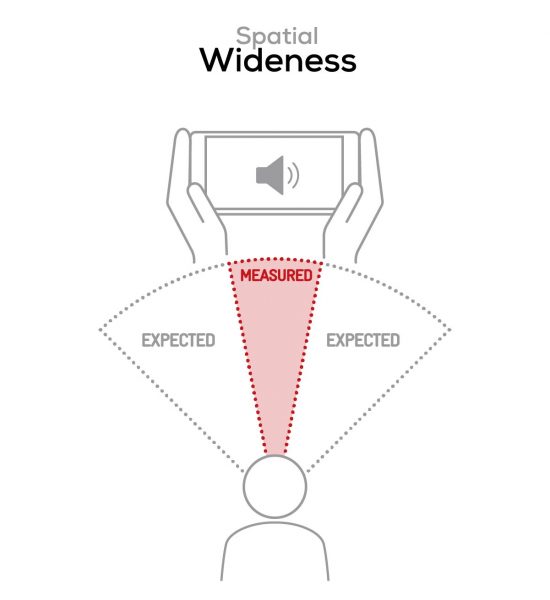

Volume
Oppo Find X5 Pro
162
The Volume score represents the overall loudness of a smartphone and how smoothly volume increases and decreases based on user input.
| Hip-Hop | Classical | |
| Oppo Find X5 Pro | 76.2 dBA | 71.9 dBA |
| Samsung Galaxy S22 Ultra (Exynos) | 74.1 dBA | 70.2 dBA |
| Xiaomi 12 Pro | 69.1 dBA | 66 dBA |

Artifacts
Oppo Find X5 Pro
157
The Artifacts score measures the extent to which the sound is affected by various types of distortion. The higher the score, the less the disturbances in the sound are noticeable. Distortion can occur because of sound processing in the device and because of the quality of the speakers.
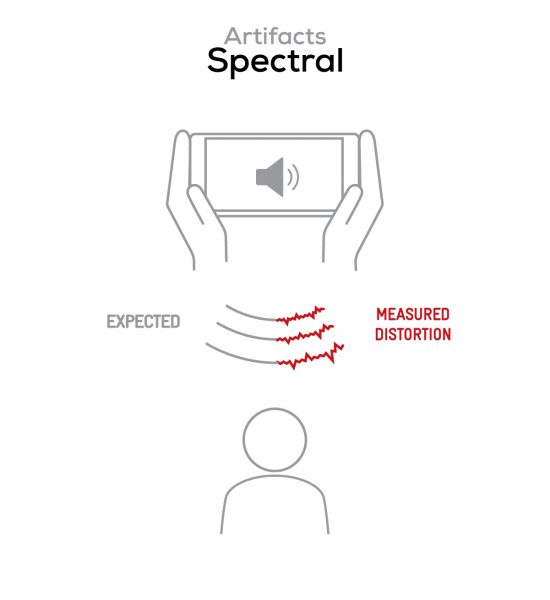
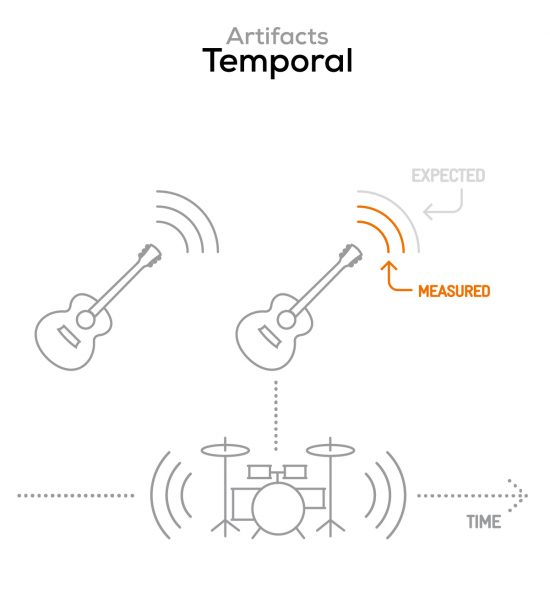
Recording
Oppo Find X5 Pro
160
DXOMARK engineers test recording by evaluating the recorded files on reference audio equipment. Those recordings are done in our labs and in real-life conditions, using default apps and settings.
The Oppo Find X5 Pro’s recording performance was significantly better than Playback. Artifacts outperformed the other attributes in Recording because sounds, including background, were clear and free of artifacts—even at high volumes. Tonal balance was good overall, even in high SPL scenarios, even though treble tended to sound harsh or aggressive, depending on the content. Despite the lack of bass in playback, recordings resulted in good bass with satisfactory low-end extension, most noticeable in an electronic concert use case. Audio recordings contain good wideness, with a realistic-sounding and large audio scene, except in selfie videos and memo recording, where it is more limited. Audio sources are also quite easy to distinguish within the stereo image.
A minor quibble includes the easy occlusion of the microphones when recording a selfie in landscape orientation; however, that doesn’t seem to be the case when shooting life videos.
Here is how the Oppo Find X5 Pro performs in recording use cases compared to its competitors:

Timbre
Oppo Find X5 Pro
147
The Timbre score represents how well a phone captures sounds across the audible tonal range and takes into account bass, midrange, treble, and tonal balance. It is the most important attribute for recording.

Dynamics
Oppo Find X5 Pro
146
The Dynamics score measures the accuracy of changes in the energy level of sound sources, for example how precisely a voice's plosives (the p's, t's and k's, for example) are reproduced. The score also considers the Sound-to-Noise Ratio (SNR), for example how loud the main voice is compared to the background noise.
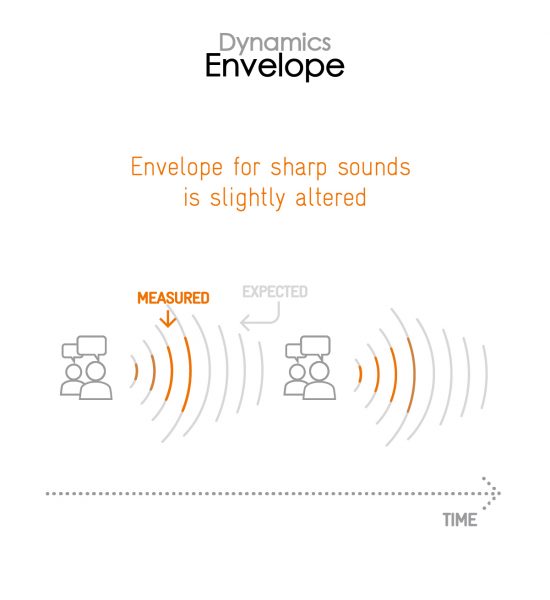
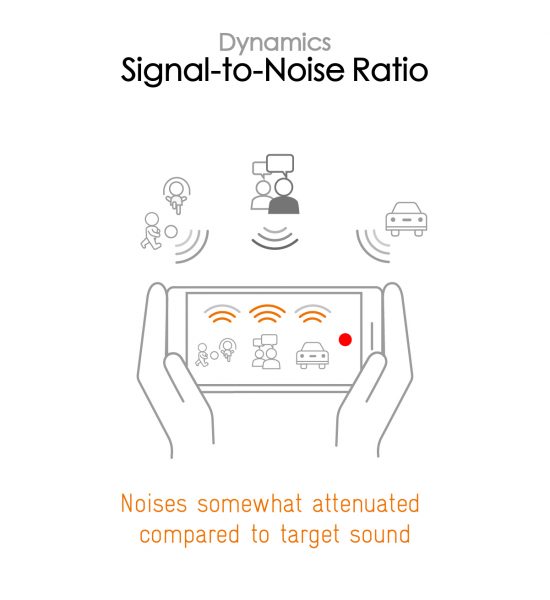

Spatial
Oppo Find X5 Pro
159
The sub-attributes for spatial tests include pinpointing a specific sound's location, its positional balance, distance, and wideness on the recorded audio files.
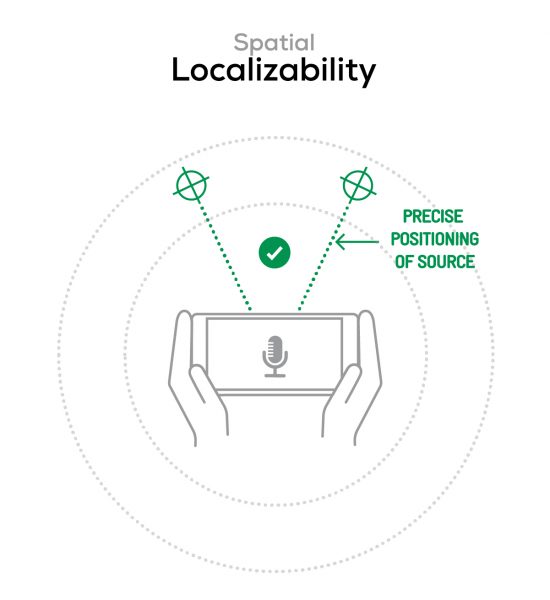
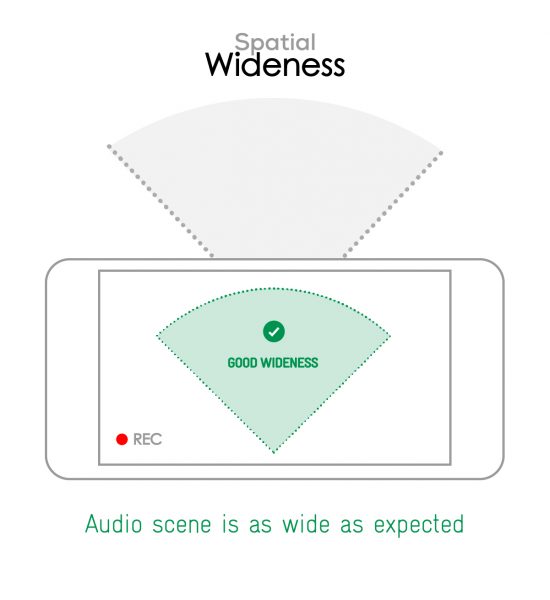

Volume
Oppo Find X5 Pro
170
The Volume score represents how loud audio is normalized on the recorded files and the how the device handles loud environments, such as electronic concerts, when recording.
| Meeting | Life Video | Selfie Video | Memo | |
| Oppo Find X5 Pro | -24.2 LUFS | -20.4 LUFS | -18.5 LUFS | -18.6 LUFS |
| Samsung Galaxy S22 Ultra (Exynos) | -28.8 LUFS | -21.7 LUFS | -21.2 LUFS | -23.9 LUFS |
| Xiaomi 12 Pro | -25.8 LUFS | -23.1 LUFS | -20.4 LUFS | -20.2 LUFS |
The Artifacts score measures the extent to which the recorded sounds are affected by various types of distortions. The higher the score, the less the disturbances in the sound are noticeable. Distortions can occur because of sound processing in the device and the quality of the microphones, as well as user handling, such as how the phone is held.

Background
Oppo Find X5 Pro
166
Background evaluates how natural the various sounds around a voice blend into the video recording file. For example, when recording a speech at an event, the background should not interfere with the main voice, yet it should provide some context of the surroundings.
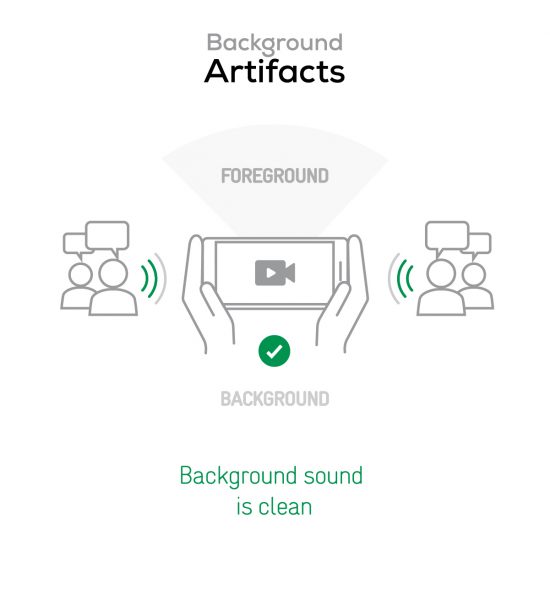
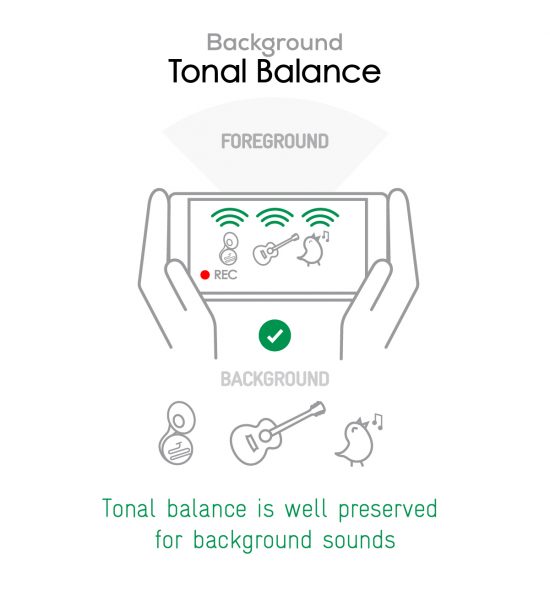


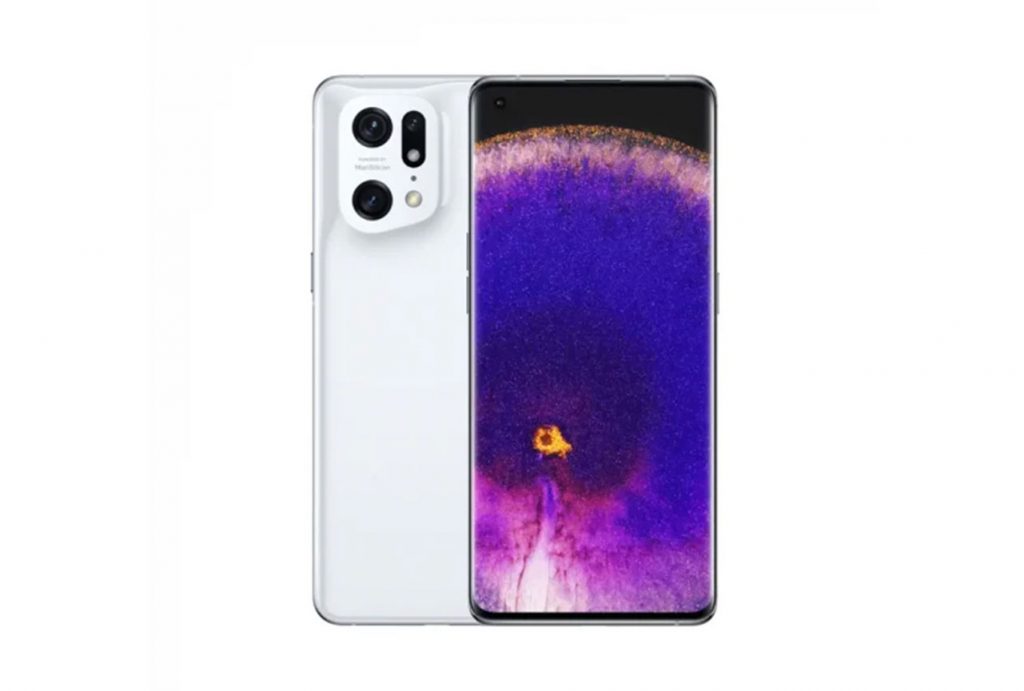

DXOMARK encourages its readers to share comments on the articles. To read or post comments, Disqus cookies are required. Change your Cookies Preferences and read more about our Comment Policy.